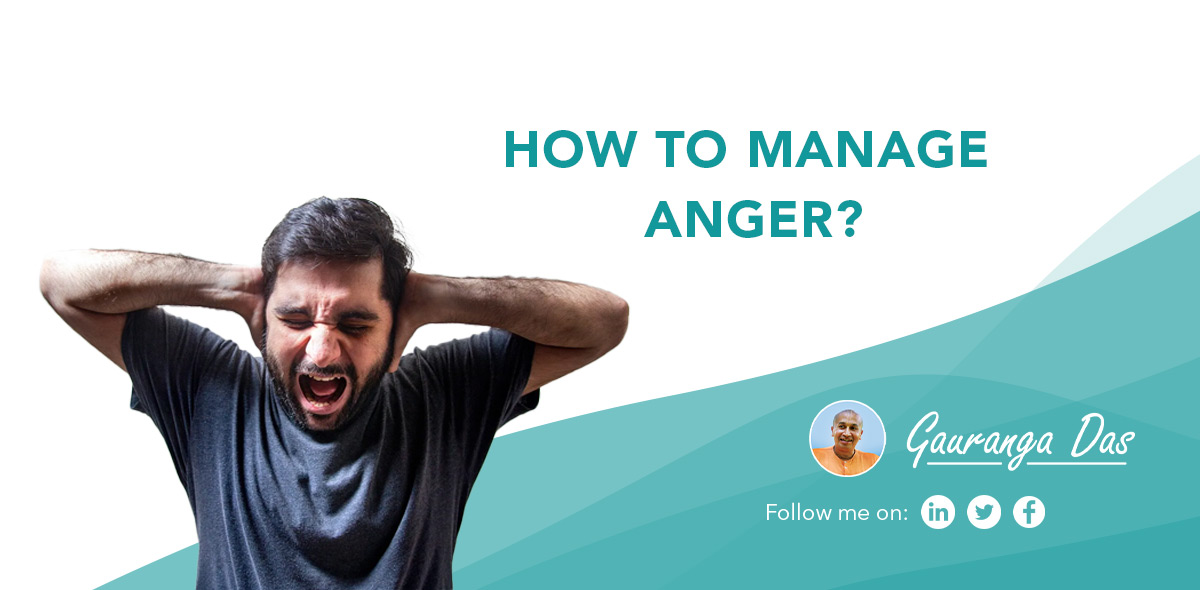Anger is a phenomenon, which affects one from all walks of life. One has to face arguments, fights, conflicts, and disturbances regardless of who one may be. The consequent response is anger, which very often impels one to take to abominable behaviour. Thus, it is very important to discuss the phenomenon of anger, the objective being its effective control. We would analyze the topic in the following order:
Consequences
Physiological
Anger has a direct effect on the nervous system, the release of poisonous toxins being a consequence.
Emotional
Memories of angry outbursts experienced in the past might haunt one for a long period of time, affecting the person’s relationships and can create problems with ones emotional stability
Social
Increase in crime rate and city index, dwindling of family life and social withdrawal.
Financial
Millions of rupees are wasted over-controlling riots.
International
Some of the biggest wars that have taken place are due to the influence of anger.
Symptoms and styles of Anger
- Lock it up : withdraw emotionally, anxiousness, silent treatment, rerouting and destruction.
- Releasing it : shouting, blaming, threatening, physically harming, hurting and swearing.
- Managing it : remaining calm, taking responsibility instead of blaming.
Origin of Anger
According to Srimad Bhagavatam, anger is the principle anarthas and the origin is discussed in the 3rd and 4th Canto respectively, when Brahma created the existence of hell, he also created the causes. Hence the one embarks on the path of irreligion (“adharma”) one ends up with hell – (“nirayaù”) and pain (“yätanä”). Anger (“krodha”) is simply one of the stations of the journey to hell.
Dynamics of How Anger Works
Three steps in the process:
Step 1: Enjoyment Principle I want to satisfy my desires
dhyäyato viñayän puàsaù saìgas teñüpajäyate saìgät saïjäyate kämaù kämät krodho ’bhijäyate
“While contemplating the objects of the senses, a person develops attachment for them, and from such attachment lust develops, and from lust anger arises.” (Bhagavad- gitä 2.62)
The enjoyment principle is that one wants to satisfy his desire. One has unlimited desires and unlimited ideas.
Step 2: Egocentric Attitude
I am the doer and thus can satisfy my desires.
prakåteù kriyamäëäni guëaiù karmäëi sarvaçaù ahaìkära-vimüòhätmä kartäham iti manyate
“The spirit soul bewildered by the influence of false ego thinks himself the doer of activities that are in actuality carried out by the three modes of material nature.”(Bhagavad-gitä 3.27)
One thinks, “I can fulfil my desires because I am the doer and have all the power”.
Step 3: Frustrated Attitude
I wanted, but I could not achieve it and this results in anger.
çré-bhagavän uväca käma eña krodha eña rajo-guëa-samudbhavaù mahäçano mahä-päpmä viddhy enam iha vairiëam
The Supreme Personality of Godhead said: “It is lust only, Arjuna, which is born of contact with the material mode of passion and later transformed into wrath, and which is the all-devouring sinful enemy of this world.” (Bhagavad-gitä 3.37)
Krishna declares that unfulfilled desires lead to frustration and anger.
The Märkaëòeya Puräëa describes the story of the two “asura” brothers Sunda and Upasunda. They were so powerful that they would defeat the demigods. They pleased Lord Brahmä by their austerities and obtained a boon that no one will be able to kill them except they themselves. They thought that being brothers and the best of friends there was no chance that they would fight with each other, to say nothing of killing each other.
On receiving the boon, they became fearless and started torturing the demigods with greater force. The demigods approached Lord Brahmä for a solution and Lord Brahmä sent a beautiful damsel named Tilottamä in the midst of the two brothers. On seeing her, they fought for the opportunity to enjoy her, the anger turned physical and they finally killed each other.
Solution
A. Controlling Anger :
Anger can be controlled patiently, positively and in private instead of making a public issue and with prudence. The right way to control anger is to act in the right direction or the root of the problem.
B. Conquering anger :
This includes recognising anger, resolving it, the realisation of its infliction, resistance and finally repentance.
THE [ABCD] OF ANGER MANAGEMENT
1. Physical: Analyze the body-mind connection. This embodies taking actions to calm your body such as drinking water, practising breathing exercises and changing the passionate lifestyle. Once a cruel man who was envious of a sädhu’s growing fame tried to defame him by attempting to incite his anger. As the sädhu came out of the river Godavari after bathing, he spat on him. The sädhu went in and took a bath again. After repeating this act 108 times finally, the man asked the sädhu how he could control his anger. To this, the sädhu replied, “why should I be angry at a person who helped me bathe in the holy river Godävaré, 108 times, on the holy day of Ekädasi.
2. Mental: Banish negative thoughts and focus on positive actions.
A glass of water is sufficient to put off the fire if it is poured on the fire at the right moment.
uddhared ätmanätmänaà
nätmänam avasädayet ätmaiva
hy ätmano bandhur
ätmaiva ripur ätmanaù
One must deliver himself with the help of his mind, and not degrade himself. The mind is the friend of the conditioned soul, and his enemy as well.” (Bhagavad- gitä 6.5)
3. Intellectual: Contemplate about the blessings of non-irritable nature and consider how one can be harmonious and how happiness can be achieved by having this non-irritable nature. When Dhruva Mahäräja was very angry with his stepmother Sunéti, he did not avenge her because whatever one does to others will ultimately come back upon him, just like an echo.
4. Spiritual: Discuss spiritual topics with saintly personalities assimilating the virtual essence by hearing and chanting.
A dust particle in association with water becomes mud and the same dust particle in association with air can go up and sit upon the crown of a king. It is a matter of association.
Understand the difference between reality and illusion. One should try to understand that I am not the body and I am the eternal soul. Chanting and praying to the lord for internal transformation to saintly ness.
Krodha, anger, cannot be completely stopped in the material world but it can be applied rightly. It was in anger that Hanumän set fire to Laìkä, but he is worshipped as the greatest devotee of Lord Rämacandra. This means that a vaishnava can even utilize his anger in the right way for the right cause.




